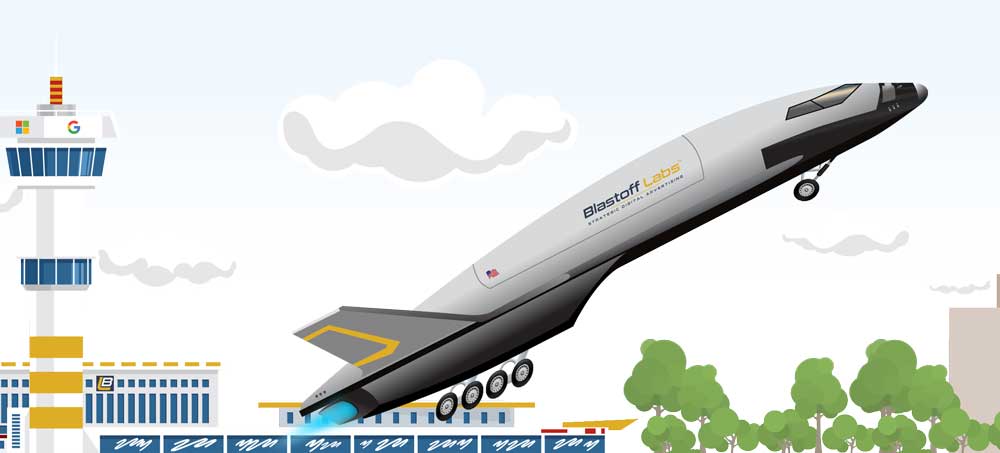
For a shopping campaign launch, the primary concern out of the gate is serving momentum – its presence or absence. Average-size shopping campaigns usually develop a consistent serving pattern within a week or two of launch; sometimes faster.
During the period immediately after a shopping campaign launch, we’re monitoring impressions and CPC’s. This allows us to optimize the bids early on further increasing serving momentum and minimize wasted ad spend.
We’re also looking for major issues such as a single SKU, product group, or ad group consuming excessive ad spend.
We’ll monitor the search queries that pull the campaign into auctions. That information is used to expand the negative keyword base, and also to optimize the individual SKU “Titles” in the feed.
Before conversions have occurred in sufficient quantities to use them as a metric for optimization, ad click-thru-rates (CTR’s) and product page engagement metrics from Google Analytics can serve as proxies for conversions.
Post-launch, conversion tracking is checked for functionality and accuracy. Geo-targeting is monitored for any anomalies, CPC’s are checked for any out of line behavior, and the campaign is scanned for errors or warnings.
This post-launch optimization phase typically lasts 3 to 6 weeks for an average scale shopping ad campaign. Coming out of the post-launch phase, the campaign has moved onto some form of automated bidding, and is reaching its highest levels of performance since launch.






